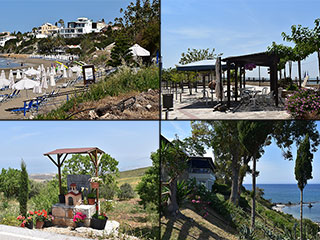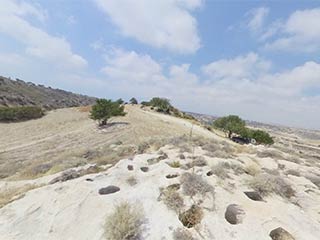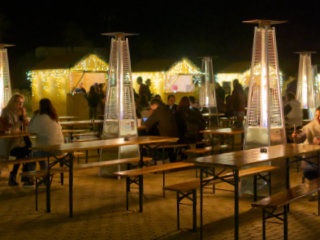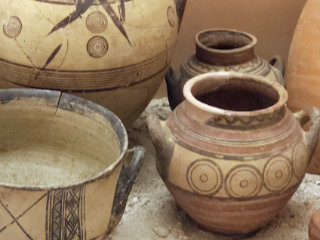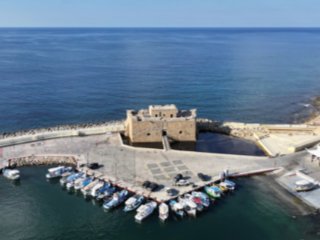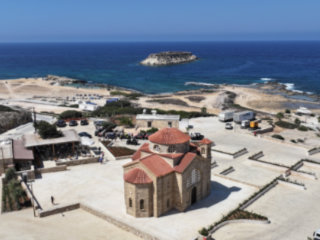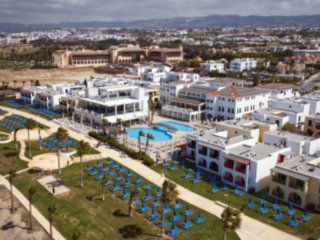Souskiou Cemetery
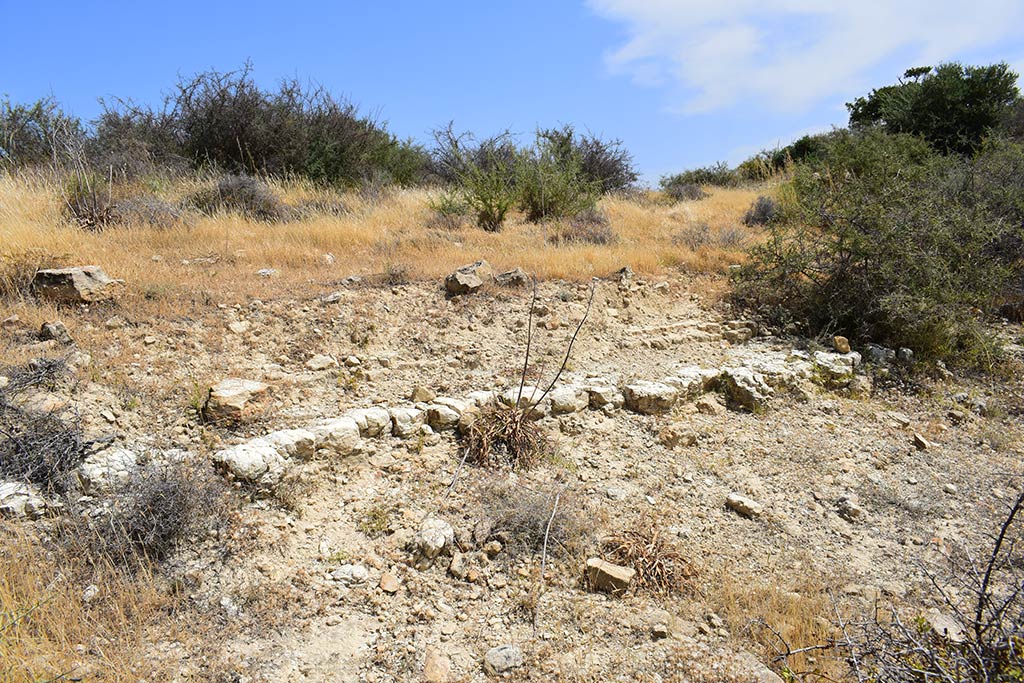
There were lots of remains like this, all over the place.

My Personal Favourite
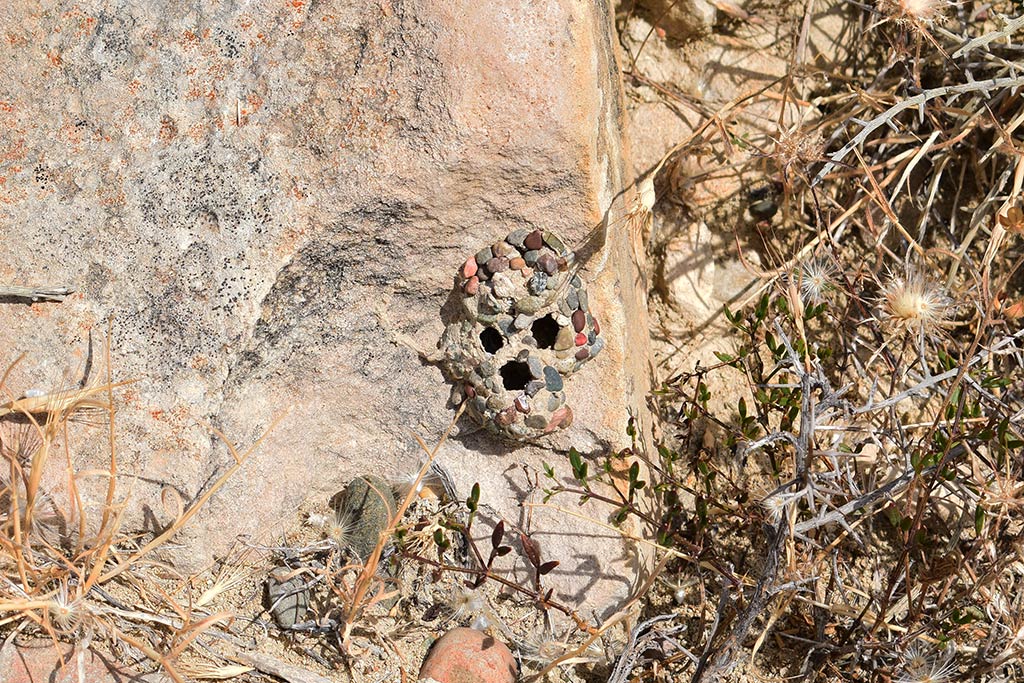
Now, I am sorry, but I am going to sound like a complete philistine here. I found this on a rock in the area. At first glance I thought it was some ancient item of jewellery but it is in fact a small wasp nest that must have been fairly recently constructed. Coincidentally, it looks like a skull. A bit of a heavy metal skull at that. I was more fascinated by it than by the vast majority of things I have seen in museums. I know this makes me a lousy historian, but the heart likes what the heart likes...
Distant Tree
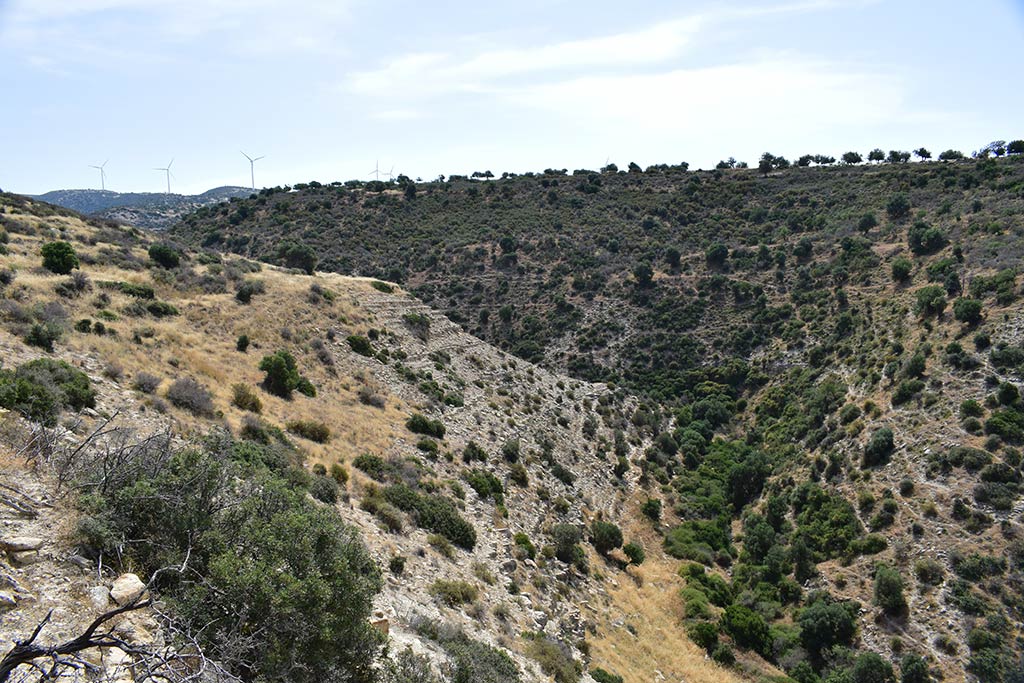
According to the map, the settlement was just behind that ridge in the middle distance.
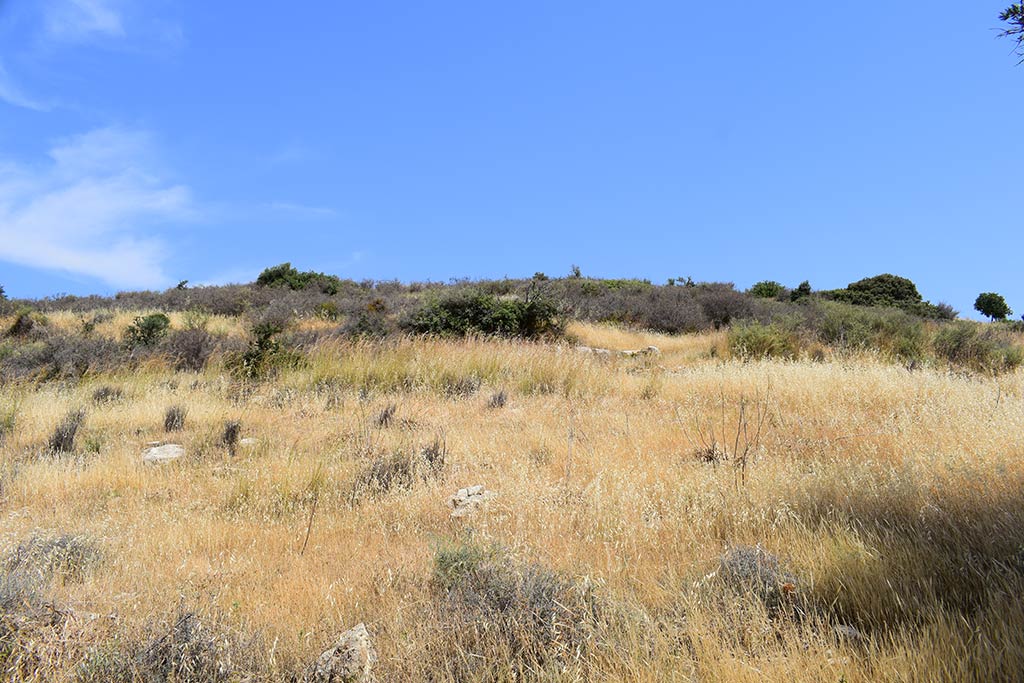
I wonder if this was the sort of view that greeted Sophocles Hadjisavvas when he surveyed the area in the 70s?
While the Souskiou cemeteries are widely known, the settlement attracted little interest because it was felt to be too eroded and presumably lacked the valued objects that typify the cemeteries. It is located on the prominent, narrow Laona ridge and is largely oriented to the south, hidden on slopes facing away from the Dhiarizos valley. It is nevertheless positioned at a nexus of communication routes along the coast and between the coast and the mountains. Sophocles Hadjisavvas was the first to systematically survey the site in 1975 when he recorded heaps of stones marking the position of destroyed houses.
Getting Promising
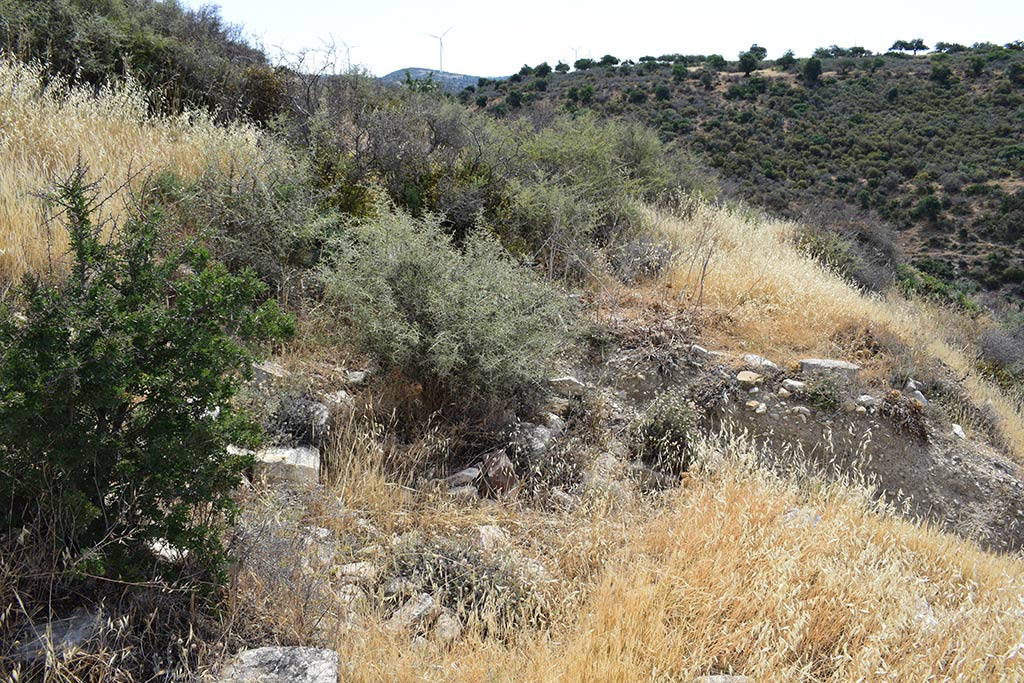
As we approached the area, more substantial remains were visible through the long grass and thorns.
Page 8 of 10


Related Blogs:
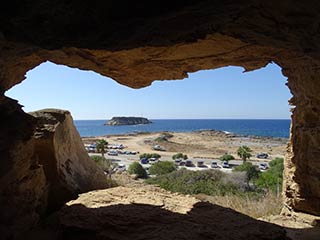
Cape Drepanum
It's time for another guest blog from Max. This time, he's been to the edge of the Akamas, to have a look at some of the caves at Cape Drepanum. Over to you, Max...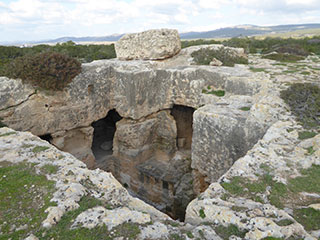
The Necropolis at Meletis Forest
If you drive to the Akamas along the coastal road, you will eventually come off the main road and onto a side road leading to the Akamas proper. Before you go past the Searays cafe bar, you will see a nondescript sign on your right, next to a layby.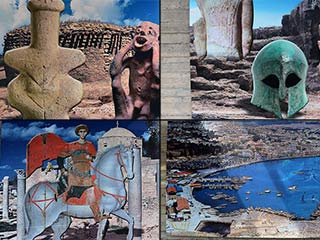
The History of Paphos in 16 Pictures
When I was out photographing a new statue in Old Paphos the other week, I stumbled upon a walkway I hadn't seen before. It descended to the lower carpark, by the Turkish Baths. The walkway was adorned with pictures telling the story of Paphos through the ages. Judging by the state of some of the pictures. they had obviously been there for some time, but this was the first I had seen of them. Here they are for your perusal...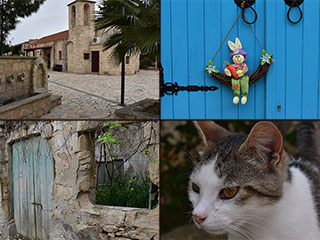
Pano Arodes
Pano Arodes is one of the gateways to the Akamas. It is a charming village between Kathikas and Droushia. We will be featuring it in our next eBook, so recently visited it to do some research. Naturally enough, we took lots of pictures while we were there...Good Pages To Visit
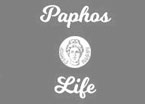
FB PagePaphos Life on Facebook
Like us on Facebook and stay notified of new blog posts.

FB PageOur Facebook Chat Group
Paphos Chat has been created for people who like our site and want to chat using Facebook. You can also easily upload photos of any size here. A lot of people are members of the Facebook chat group and the main forum. It's entirely up to you.
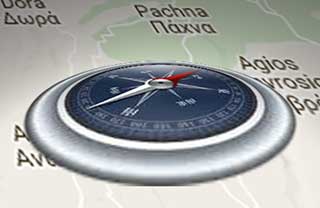
ListBlog Locations
Planning a day out? Then use our map of blog locations as a handy guide. Some of the places we visit our closer to each other than you might think, so take a look and start planning your next adventure...
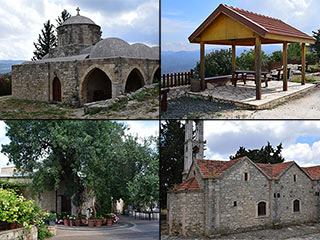
eBookCyprus Road Trip 01: the Kathikas - Panagia Loop
Let me take you on a journey around the region of Paphos, Cyprus. Starting at Paphos itself, we travel to Akoursos, then Kathikas, Kritou Terra and Simou. We continue past Lasa and Kannaviou, before taking in the delights of Panagia. Getting a bit more adventurous, we visit the abandoned villages of Statos and Agios Fotios, before passing through Choulou, Letymbou and Polemi, and rejoining the main Paphos - Polis road.
The route is suitable for all types of vehicle, and requires no off-roading. The guide contains about 130 photographs including shots of all the road signs you need to pay attention to, as well as some of the highlights you may experience along the way.
There are also several maps which will help you keep your bearings.
You can do this journey in a day, or you can break it up into chunks. You can also do it in reverse, to get some completely different views. It is entirely up to you.
